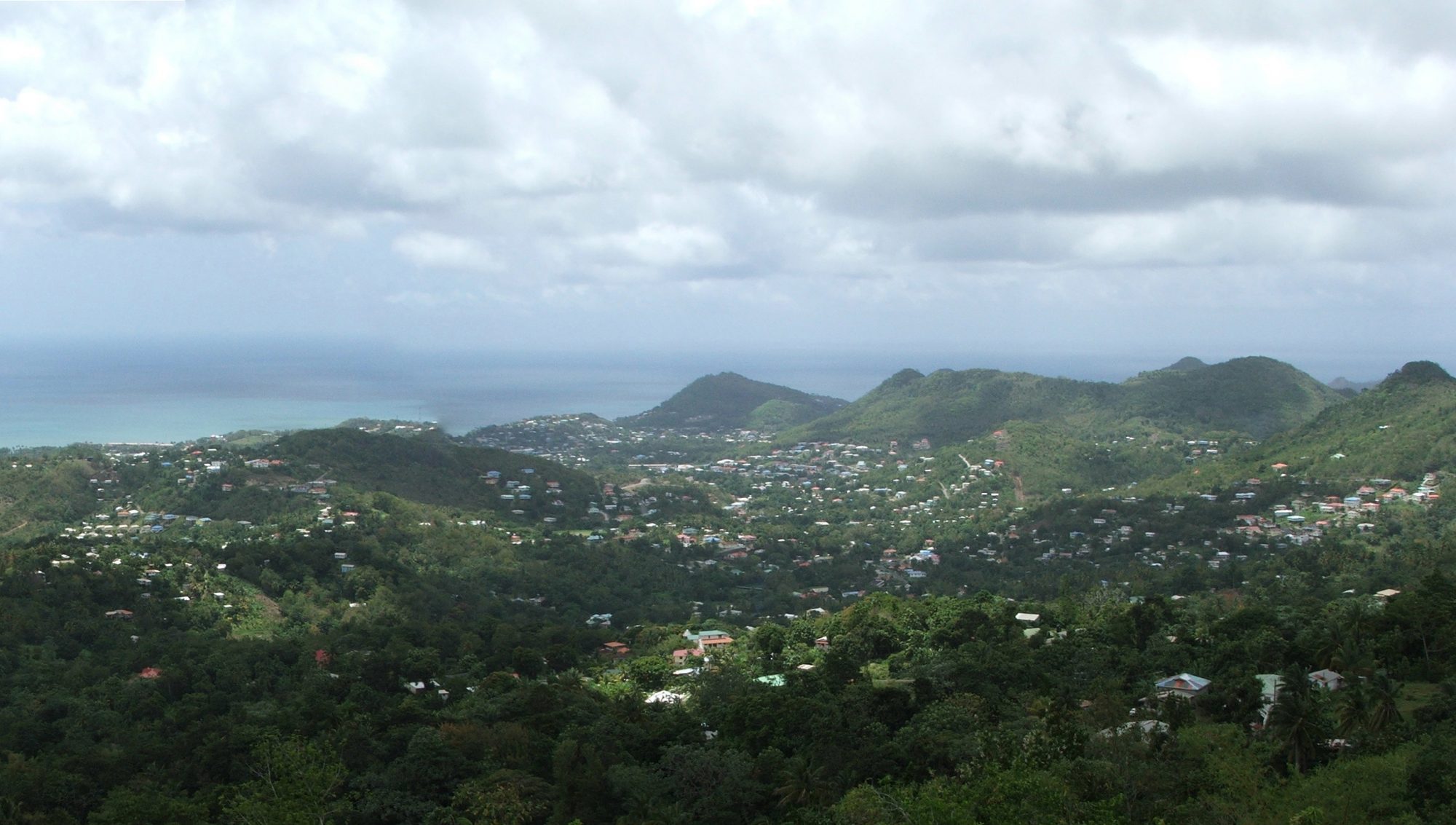Client: Managing Authority for Rural Development and Fishery, Romania, for bodies involved in the programming process
and setting up of the implementation system
Donor: EU: EuropeAID/122610/SER/RO
Fisheries and aquaculture specialist: Nick Willoughby
Time: 2007
This rural development training project was awarded to a consortium consisting of WYG International and ADAS International. The project duration was from Jan 2007- Feb 2008. Six key international staff were active on the project, including specialists in management, rural development, financial/technical control mechanisms, fisheries and EU standards.
Dr Nick Willoughby of the NRGroup was recruited as ‘fisheries and aquaculture specialist’ to provide training and guidance for senior members of Romania’s National Agency for Fisheries and Aquaculture (NAFA) in some of the planning and operational tasks which they would encounter during the EU accessionary process. Three short visits, totalling 30 days, were made in March, May and July 2007 to assess the needs and skills, and to develop and lead appropriate courses.
The project provided training for a total of 709 Romanian government staff – 156 from within the General Directorate for Rural Development (GDRD); 488 from the Payments Agency for Rural Development Funds (PARDF); and 65 from NAFA. Dr Willoughby provided training for the NAFA staff at three two-day workshops, all of which were held in Braila (with participants from both Bucharest and the regions), and also for 13 PARDF staff at a one-day workshop held in Bucharest.
Considerable time and thought was given to the needs of the NAFA staff in coping with EU legislation and bureaucracy. As part of answering these needs a manual of relevant papers, guides, legal documents etc was created. This contained approximately 200 pages of documents covering EC laws and regulations, EC structural policy, the Common Fisheries Policy, the implementation of the European Fisheries Fund, ‘best practice’ guidance notes, and application forms covering how to obtain grants using the EU’s Financial Instrument for Fisheries Guidance (FIFG). Much of the training involved talking the participants through the most important documents in the manual, and advising them on where to find additional relevant material.
Post-course evaluations by the participants showed high satisfaction levels across all the different aspects of training provided during the project, with NAFA staff giving their training an average score of 9.4 out of 10.
